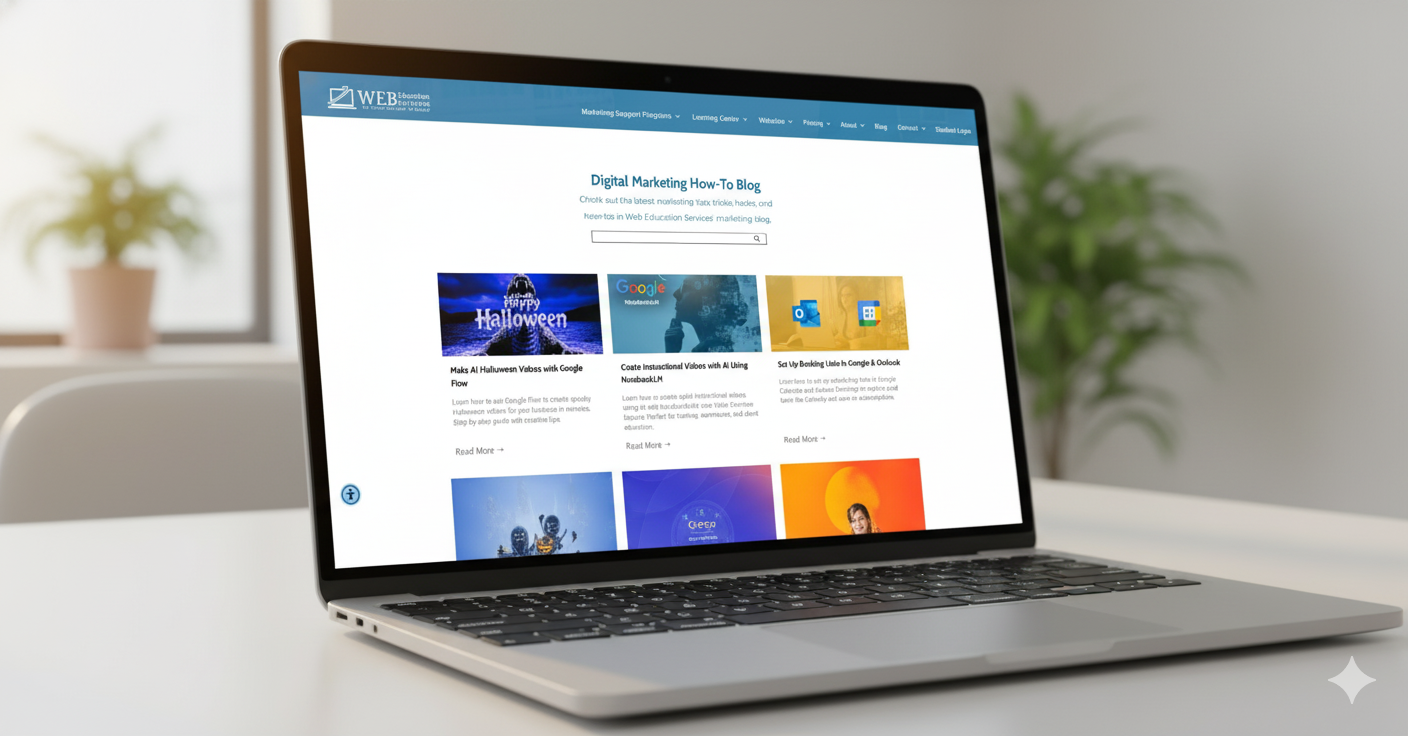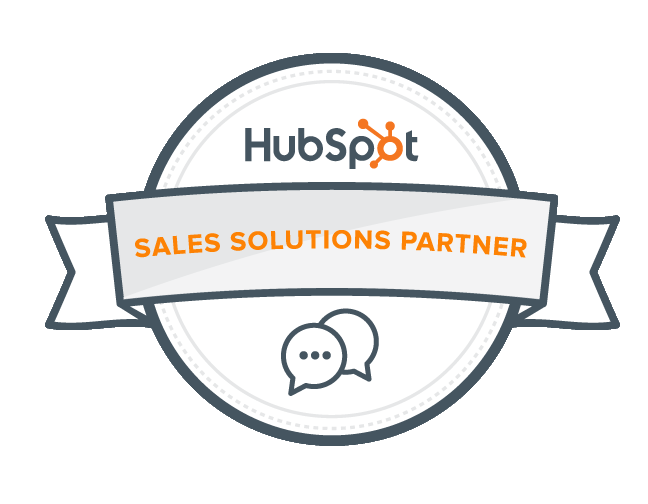Learn how to start email marketing—from writing content to choosing platforms and sending your first campaign.

Email marketing is one of the most affordable and effective ways to connect with your audience, drive repeat business, and build long-term relationships with customers. But if you’re just getting started, it can feel overwhelming. You might wonder: What should I write? What software should I use? How do I even get my contacts into the system?
In this guide, we’ll walk you through the first steps to launching your email marketing strategy—from creating compelling content to choosing the right platform and sending your first campaign. Whether you're a small business owner, solo entrepreneur, or marketer just starting out, this article will help you build a strong email foundation.
Step 1: Write Email Content That Isn’t Spammy
The success of your email marketing starts with what you write. If your message feels too promotional or impersonal, it’s likely to be ignored—or worse, flagged as spam. Good email content should sound like a helpful note from someone your subscriber trusts.
Here are some key tips for writing effective emails:
- Craft a clear subject line. Keep it under 50 characters, and make sure it tells readers what to expect. Examples: “3 Ways to Save Time This Week” or “How to Choose the Right Shoes for Running.”
- Personalize your opening. Use the recipient’s name if possible. Most platforms offer easy personalization tokens.
- Keep your tone conversational. Write like you're speaking to a friend. Avoid jargon and keep your message friendly and easy to read.
- Make your content useful. Think value-first: educational tips, helpful resources, product advice, how-tos, or exclusive offers that your audience will appreciate.
- Avoid long paragraphs. Use short sentences, bullet points, and white space to improve readability.
- Include one clear call to action. Ask the reader to click, reply, book a call, or read a blog. Keep it simple and focused.
Tip: Before sending, ask yourself, “Would I be happy to receive this email?”

Step 2: Choose the Right Email Marketing Platform
Your content is only as powerful as the tool you use to deliver it. There are several email marketing platforms to choose from—each with different features, pricing, and learning curves. Let’s compare three of the most popular options for beginners.
| HubSpot | Brevo | Mailchimp | |
|---|---|---|---|
| Free Plan | Yes (up to 2,000 sends/month and 1,000 static contacts) | Yes (300 emails/day, unlimited contacts) | Yes (500 contacts, 1,000 emails/month) |
| Best Features | Built-in CRM, email automation, drag-and-drop builder, analytics | Email + SMS campaigns, automation workflows, basic CRM | Professional templates, automation, integrations |
| Pros | Scales well as your business grows, excellent for aligning marketing and sales | Generous free tier, good automation tools, low-cost upgrades | Easy to use, drag-and-drop builder, wide support community |
| Cons | Higher cost when upgrading to paid tiers | Daily send limit on free plan may be restrictive | Cost increases quickly with list growth |
| Best For | Businesses that want full CRM integration and long-term scalability | Budget-conscious users looking for flexibility and multi-channel options | Beginners who want a user-friendly interface and strong design options |
Pro tip: Start with a free plan to get familiar. You can always switch or upgrade later as your list and needs grow.
Step 3: Gather and Import Your Email Contacts
Now that you’ve chosen a platform, it’s time to start building your list. You probably already have contacts in your email account—here’s how to export them and get them into your email software.
Export Contacts from Google (Gmail):
- VisitGoogle Contacts.
- On the left sidebar, click the Export icon.
- Choose your contact group or “All contacts.”
- Export as a
CSV file (recommended for email platforms).
- Save and upload the CSV to your platform of choice.
- Not seeing all your contacts? Visit
Other Contacts and repeat the steps above.
Export Contacts from Outlook:
- Open Outlook.
- Go to
File > Open & Export > Import/Export.
- Choose
Export to a file, then select
Comma Separated Values (CSV).
- Select your contacts folder and choose a save location.
- Upload your CSV file into your email tool.
Make sure you have permission to email everyone on your list. If you’ve collected emails from customers, leads, or people who’ve opted in via forms, you’re in the clear. Avoid importing random email addresses or scraped lists—it’s not worth the risk to your sender reputation.
Step 4: Send Your First Email Campaign
With your contacts imported and your message written, it’s time to send your first campaign.
Most platforms make this process easy with visual editors, templates, and preview tools. You’ll typically:
- Choose your audience segment (who you’re emailing)
- Select or design your email layout
- Customize your content
- Preview and test the email
- Schedule or send immediately
Here are direct links to helpful tutorials for sending your first email campaign:
- HubSpot: Create a Marketing Email
- Brevo: Send Your First Email Campaign
- Mailchimp: Create and Send a Campaign
Don’t worry if it’s not perfect—just getting started is the most important part.
Join Us for Free Marketing Office Hours
Still feeling stuck? Want help choosing a platform or writing your first campaign?
Come hang out with us every Friday at 2 p.m. during our free office hours. Ask your questions, learn best practices, and get advice.
By following these four steps, you’ll have a working email marketing system you can build on. With time, you’ll learn how to segment your list, automate your campaigns, and turn email into a consistent growth channel for your business. Start simple, stay consistent, and remember—we’re here to help.
Just Getting Started?







